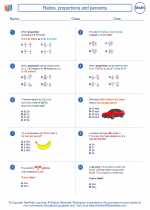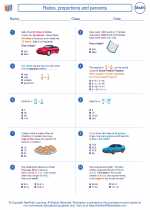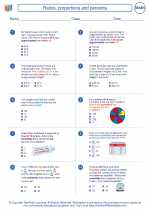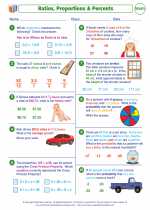Division with Decimals
When dividing decimals, it's important to follow a few key steps to ensure accuracy. Here's a step-by-step guide to help you master division with decimals:
Step 1: Set Up the Problem
Write the division problem as you normally would, with the dividend (the number being divided) inside the division bracket and the divisor (the number doing the dividing) outside the bracket.
For example, if you are dividing 5.6 by 2, you would write it as:
| 5.6 | ÷ 2 |
Step 2: Move the Decimal
If the divisor is not a whole number, move the decimal point to the right until it becomes a whole number. Then, move the decimal point in the dividend the same number of places to the right.
In our example, 2 is a whole number, so we don't need to adjust the decimal. However, if we were dividing 5.6 by 0.2, we would move the decimal in both numbers one place to the right.
Step 3: Perform the Division
Perform the division as you would with whole numbers, ignoring the decimal points. Once you have the quotient, place the decimal point in the quotient directly above where it is in the dividend.
Continuing with our example, the division would be:
| 2 | 5.6 |
| ∙∙∙∙ |
| 2 |
| 1 1 |
| -10 |
| 16 |
| -16 |
| 40 |
| -40 |
| 16 |
| 0 |
So, 5.6 ÷ 2 = 2.8
Step 4: Check Your Answer
After completing the division, it's a good idea to check your answer by multiplying the quotient by the divisor to ensure that it equals the dividend.
In our example, you would multiply 2.8 by 2 to check if it equals 5.6.
By following these steps, you can confidently divide decimals and tackle any related problems you encounter!
Happy dividing!
.◂Math Worksheets and Study Guides Eighth Grade. Ratios, proportions and percents

 Worksheet/Answer key
Worksheet/Answer key
 Worksheet/Answer key
Worksheet/Answer key
 Worksheet/Answer key
Worksheet/Answer key
 Worksheet/Answer key
Worksheet/Answer key
